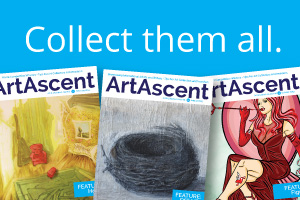Artist Interview | Patrice Stanley
Become acquainted with perhaps a few unknown dimensions – thoughts, ambitions, wisdoms, life changing moments – of this inspiring artist.

When it comes to your art, explain what you do.
As a landscape painter, my work is fundamentally connected to “place.” Each series I have undertaken has been derived from time spent away with site-specific influences that imbue my work, where I can fully absorb and consider how to apply what I am experiencing, seeing, and learning to pictorial representation. Residencies have enabled me to do some of my best work as well as afford me the time to evaluate and consider what is at the heart of my practice.
What project are you working on now?
I have just completed a new series entitled “Empyrean.” This series is scheduled for exhibition at the newly constructed Ottawa Art Gallery. The word Empyrean comes from the Medieval Latin empyreus, an adaptation from Ancient Greek meaning “belonging to or deriving from heaven, the celestial, ethereal or upper empyrean regions, the dwelling-place of God, the blessed, celestial beings so divine they are made of pure light, and the source of light and creation.” In this series, I am returning to some familiar themes seen in much of my earlier work with a new energy, style of execution and a more mature, seasoned, technical precision. It is a study of land, sky, and water, rendered on canvas, wood panel and Mylar. I am creating works that celebrate landscape and light, creating pathways that go nowhere and everywhere. I am exploring the typography of the land, experimenting with imagery constructed to challenge the individual view and perspective, as well as exploring compositional tensions within the painting, to further develop pictorial properties. Then, finally, translating this dynamic into larger surfaces that compel the viewer to reflect and consider their own personal beliefs about the land and the importance of preservation and managing the destructive aspects of climate change.
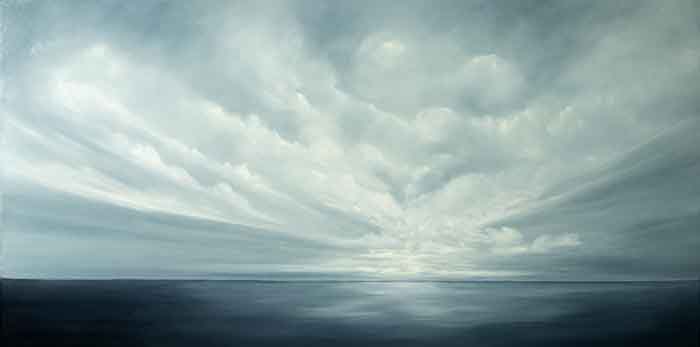
Why do you do what you do?
I paint landscapes. There is something in that distant line that divides the sky from the ground that compels me. What one sees in it depends on the person; it might be spiritual in nature, a fear of the unknown, or a yearning to travel. Whatever the attraction, it is my distillation of those fleeting atmospheric conditions that have the power to move me. I paint these images perhaps wanting to know what lies beyond. Having lived in Canada all my life, I have been fortunate to explore through my work, a variety of ecosystems, lakes, oceans, and forests. What one sees in my work, depends on the lived experience of the viewer. Working from specific locations and landscapes, I abstract from both direct observation and memory. In investigating the dynamics of each landscape and intentionally working and reworking the surface, I seek to merge this explicit physical world with the spiritual.
How has your practice changed over time?
I have been a painter all my life. Each year that goes by brings new experiences and ideas but mostly more knowledge and insights that I apply to my practice. The best times for me have been when I’m away at a residency. I have attended four so far and plan on applying for many more. At these residencies I can completely dedicate myself to the development of new work, focus all my energy on the task at hand, be free of distractions from my teaching practice and the responsibilities and pressures of daily life. This extremely rare and precious time of unrestricted reflection, hard work and experimentation have resulted in major developments in my work. At the end of each residency I have been able to work, gain more knowledge and insights, create artistic networking opportunities as well as advance my practice. Furthermore, being immersed in a setting for a prolonged period of time has enabled me to capture the essence of ”place,” which is intrinsic to my work. I am at a pivotal point in my career as I have a major solo exhibition at the Ottawa Art Gallery, after which I will be attending the Damsite Historic District Artist Residency Program in Elephant Butte, New Mexico to continue to develop more new work.
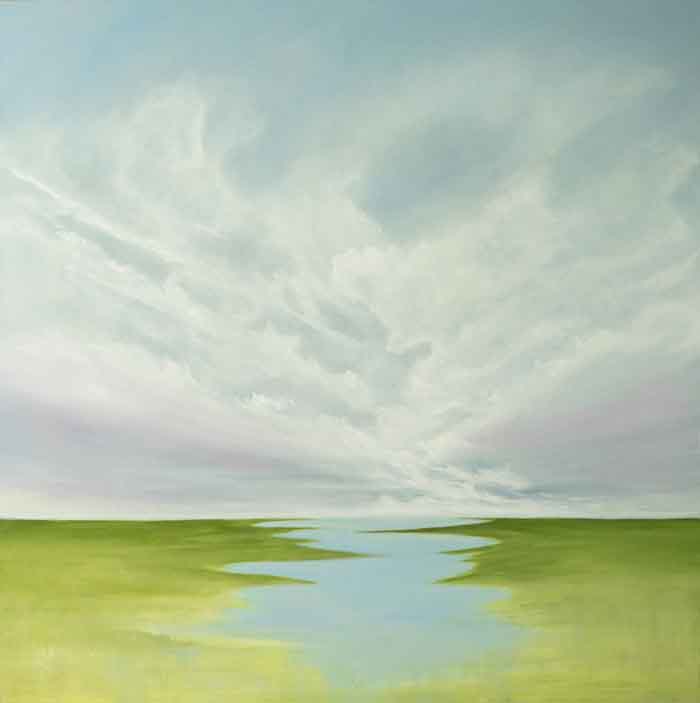
What is your strongest childhood memory?
Coming home directly after school and working at my “art table” until supper time. I loved making things since before I can remember. I hated going out for recess, since I wasn’t very athletic, so I would ask to stay indoors and help decorate the classroom with my teacher. I also fondly remember taking art classes with a lovely old English woman named Mrs. Meadows. She lived down the street in a fabulously large house, she had a gorgeous, wild, English garden, a lovely studio and she painted mainly watercolours. I adored her, she taught me so much. I have taken up the torch and have been an art educator now for over fifteen years, all thanks to Mrs. Meadows.
What is your scariest experience?
Arriving at an artist residency in the middle of a storm, in Newfoundland, in the middle of the night, driving an unfamiliar car. The studio was just a large, rather cold industrial space that included a mattress on the floor, a wood burning stove, something resembling a kitchen and an awful artist that was staying in the upstairs studio, who was incredibly unfriendly. I thought while I was driving the narrow roads, along steep cliffs in the rain, that I was going to die. But I didn’t and the residency ended up being an incredible six week experience that I will never, ever forget.
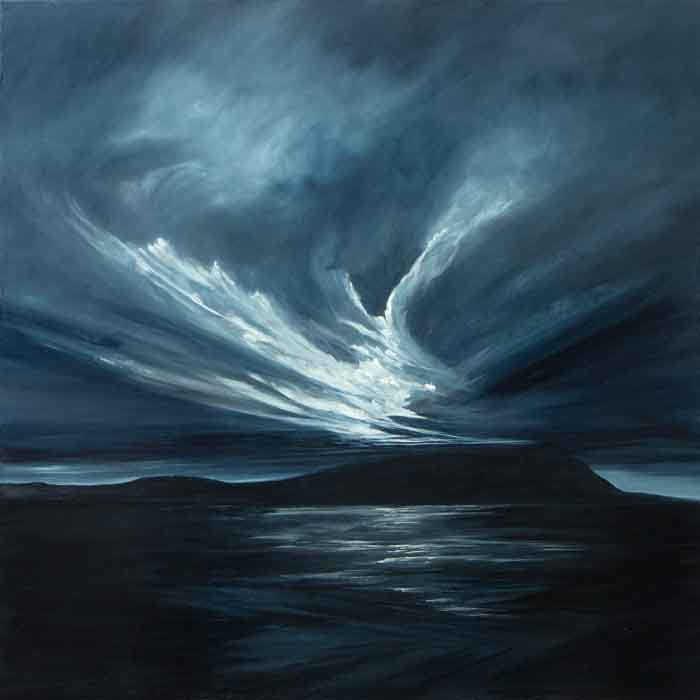
Describe a real-life experience that inspired you.
Meeting Betty Goodwin (March 19, 1923 – December 1, 2008), a Canadian printmaker, sculptor, painter and installation artist. Her work is represented in many public collections, including the City of Burnaby Permanent Art Collection, Winnipeg Art Gallery, Musée d’art contemporain de Montréal, and the National Gallery of Canada and framing her work while I interned at a prestigious gallery in Toronto in the mid-80’s.
What is your pet peeve about the art world?
So many things bother me about the art world. For starters, the elitism and the hierarchy. The image of the “white-walled shrine” that some galleries project to the general public, the fact that “joe average” can have access to such places but generally doesn’t bother because he or she feels they don’t know anything about art. It’s unfortunate; art should be for the people, all people should be able to have access to it, as well as have opportunities to learn more about it. Galleries and museums need to up their game as far as education and outreach. The other pet peeve I have is the academic versus the non-academic status issue that is pervasive in the art world. Why does an artist have to have a master’s degree to show in certain galleries? A life long learner has just as much if not more experience and knowledge then someone who just so happens to have created a thesis.
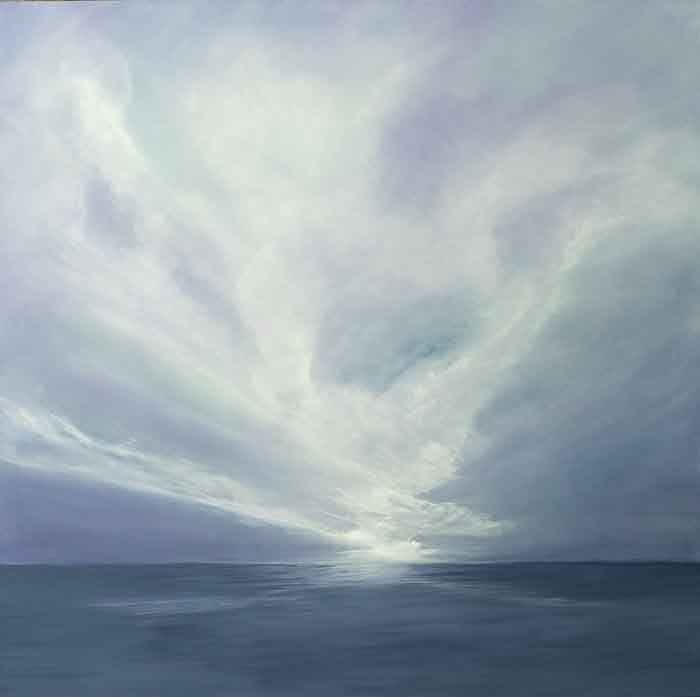
Which place in the world do you find to be the most inspiring?
The Faroe Islands of the coast of Denmark are my muse these days, but it changes all the time.
What’s the most indispensable item in your studio/practice?
Music.
What are your hobbies?
Performing Burlesque, cooking and reading.
What is the best piece of advice you’ve ever been given?
This is more of a question answer. I was once asked if I woke up one morning and couldn’t sell another painting, would I still want to paint? This made me think seriously about what my practice was all about. Also, I was once told to collect art, to build my own well-selected collection which would help me in my golden years, as a means of investment.
Creatively, where do you see yourself in the next five years?
Hopefully selling enough work to live off of, to have several galleries in different cities, in Canada, the U.S. or even in Europe. To sell a painting through Saatchi, and to have had several solo exhibitions in highly visible cultural institutions.
What is your dream creative project?
To produce a series of extremely large paintings to be displayed in the same way Mark Rothko did his Chapel in Houston, Texas. To be able to paint at the same scale as Julian Schnabel.
Patrice Stanley was born in Montreal, Quebec in 1964, and is currently based in Ottawa, Ontario, Canada. Visit www.patricestanley.com

